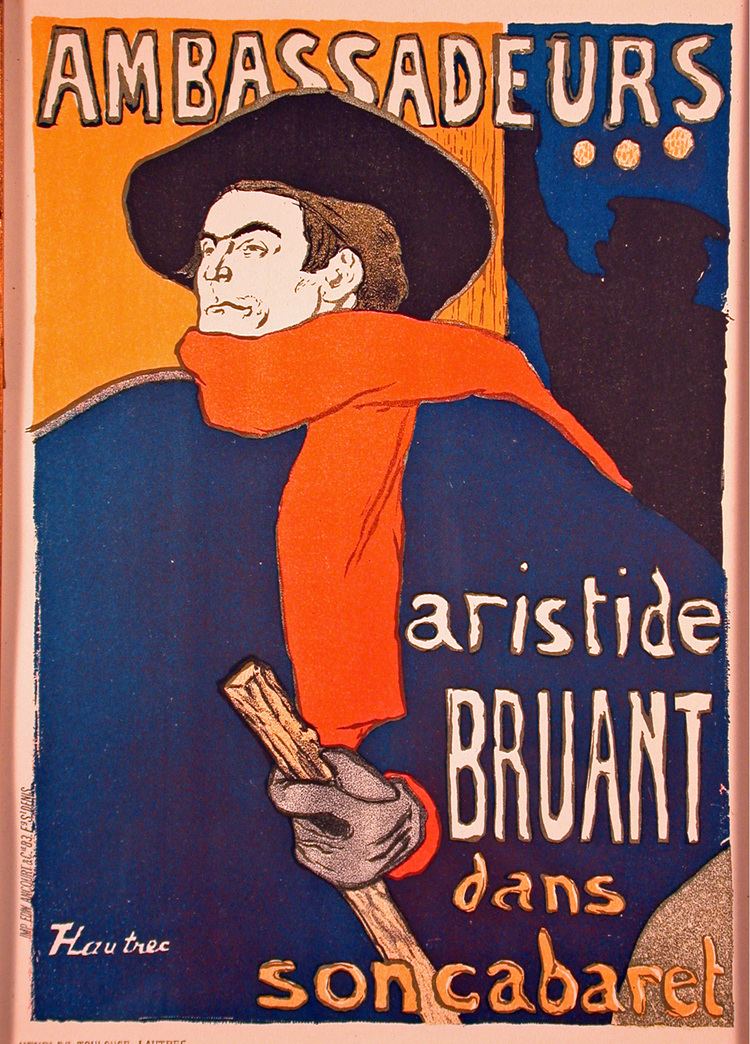Name Aristide Bruant | Role Singer | |
 | ||
Albums Aristide Bruant: Grandes Chansons Similar People Henri de Toulouse‑Lautrec, Maurice Chevalier, Mistinguett, Damia, Lucienne Delyle | ||
Aristide bruant a saint lazare
Aristide Bruant (6 May 1851 – 10 February 1925(1925-02-10) (aged 73)) was a French cabaret singer, comedian, and nightclub owner. He is best known as the man in the red scarf and black cape featured on certain famous posters by Henri de Toulouse-Lautrec. He has also been credited as the creator of the chanson réaliste musical genre.
Contents
- Aristide bruant a saint lazare
- Aristide bruant nini peau d chien
- Biography
- Songs
- Popular culture
- References

Aristide bruant nini peau d chien
Biography
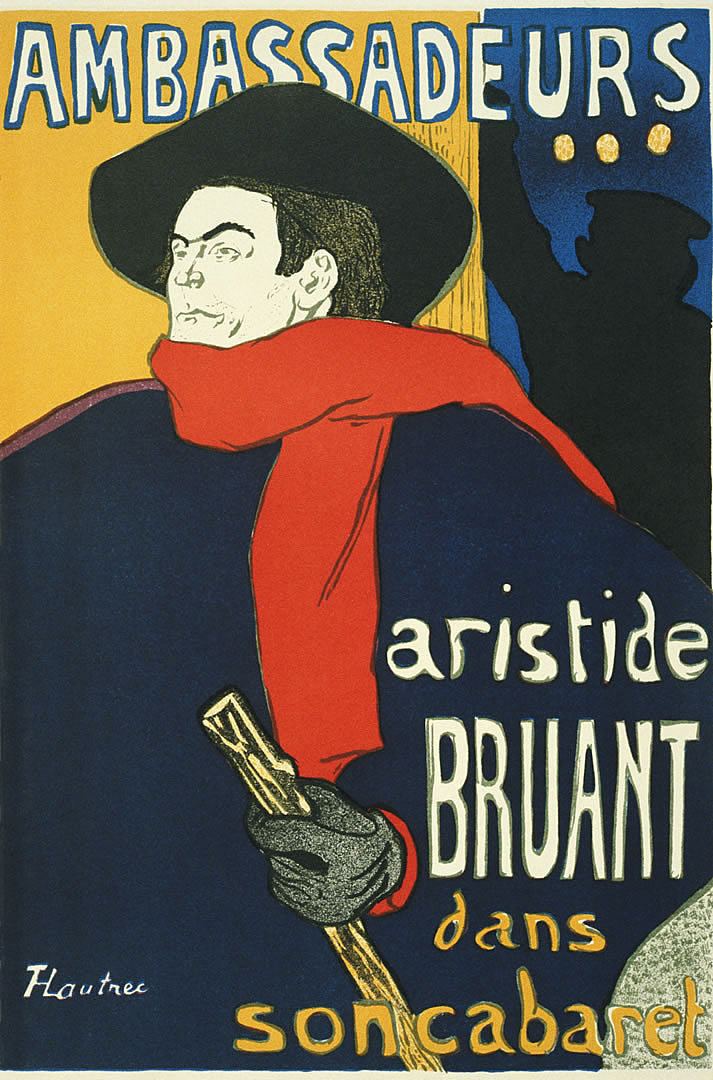
Born Louis Armand Aristide Bruand in the village of Courtenay, Loiret in France, Bruant left his home in 1866 at age fifteen, following his father's death, to find employment. Making his way to the Montmartre Quarter of Paris, he hung out in the working-class bistros, where he finally was given an opportunity to show his musical talents. Although bourgeois by birth, he soon adopted the earthy language of his haunts, turning it into songs that told of the struggles of the poor.
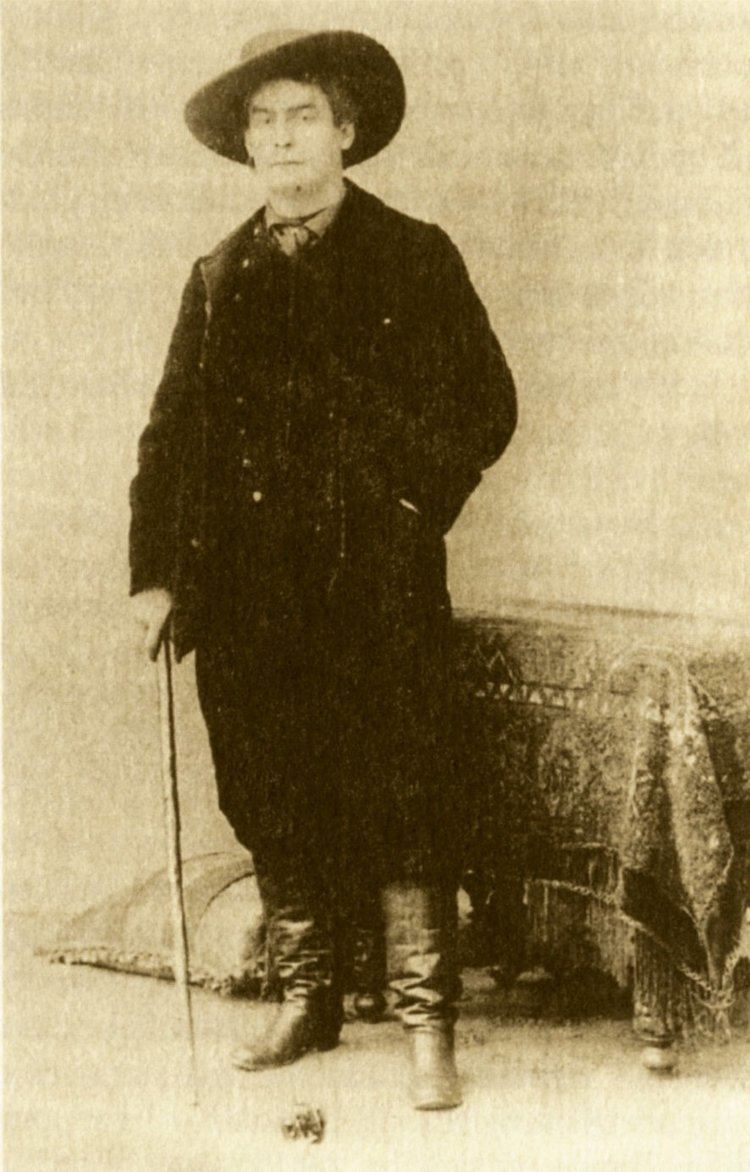
Bruant began performing at cafe-concerts and developed a singing and comedy act that led to his being signed to appear at the Le Chat Noir club. Dressed in a red shirt, black velvet jacket, high boots, and a long red scarf, and using the stage name Aristide Bruant, he soon became a star of Montmartre, and when Henri de Toulouse-Lautrec began showing up at the cabarets and clubs, Bruant became one of the artist's first friends.
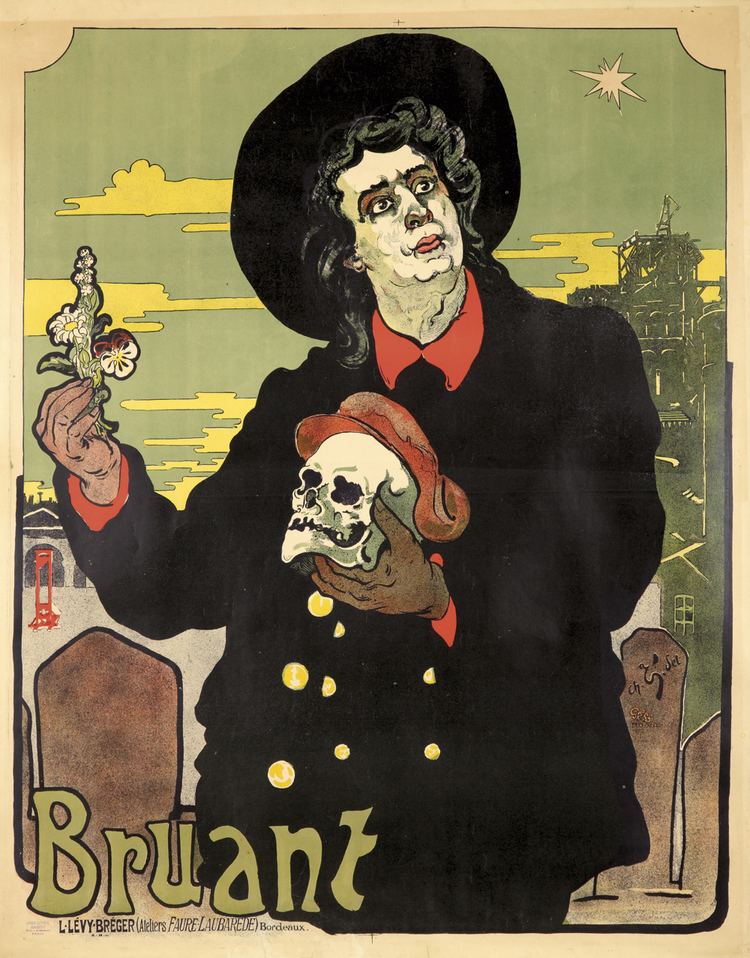
In 1885, Bruant opened his own Montmartre club, a place he called "Le Mirliton". Although he hired other acts, Bruant put on a singing performance of his own. As the master of ceremonies for the various acts, he used the comedy of the insult to poke fun at the club's upper-crust guests who were out "slumming" in Montmartre. His vaudeville-inspired mix of song, satire and entertainment developed into the musical genre called chanson réaliste (realist song).
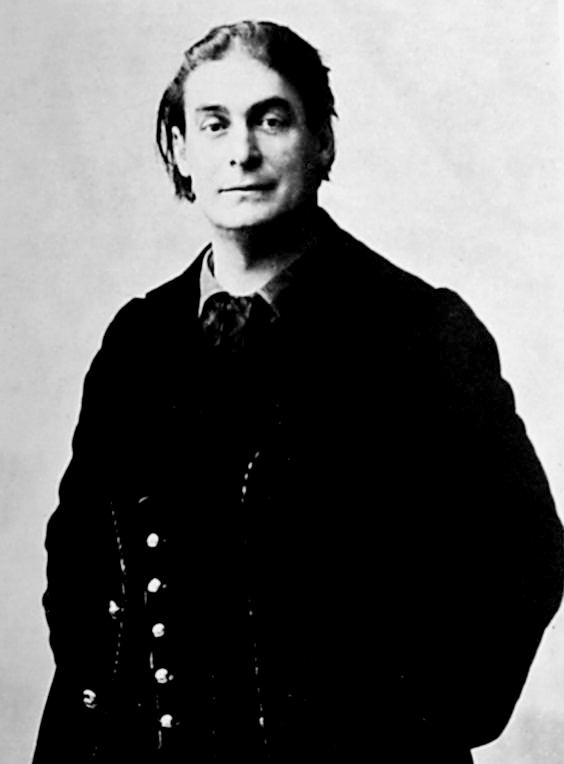
Bruant died in Paris and was buried in the cimetière de Subligny, near his birthplace in the département of Loiret. Rue Bruant in Paris XIII arrondissement was named, not in Aristide's honor, but after the architect Libéral Bruant (1637-1697) whose church of the hospital Salpêtrière was built just north of the street.
Songs

Some of Bruant's better known songs include:
